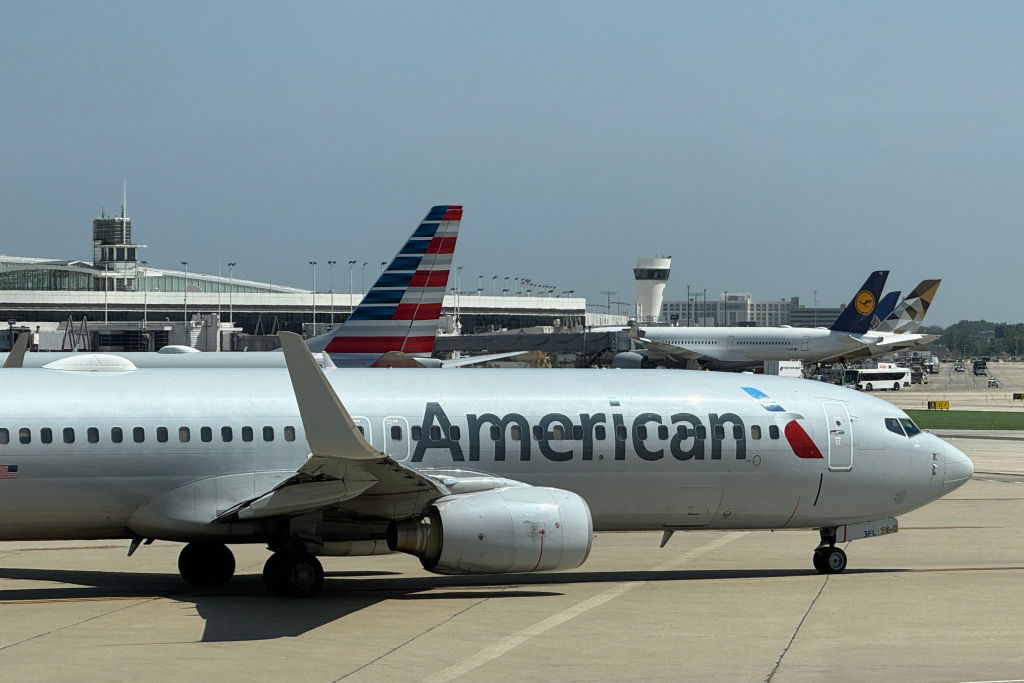The August job report released Friday by the Bureau of Labor Statistics was the week’s big economic news. It provided a mixed picture of the labor market.
The economy added 315,000 jobs in August, close to analysts’ estimates. For the last 12 months, the economy created 5.8 million, with overall employment now standing 240,000 higher than its pre-pandemic level in February 2020. Most of the gains were in the service sectors like professional and business services, health care, and retail trade.
“Given the fluctuation of the labor market over the past several months, it’s not unexpected to see job numbers reset in August and more closely match predictions, especially as the Federal Reserve is pushing to cool off the job market,” Bill Armstrong, President of Recruiting at human resource consulting company Safeguard Global, told International Business Times in an email.
“August’s report indicates that the market may pull back from record highs and settle in at more normal levels. As the Fed aggressively pursues rate increases, we can expect the labor market to slow down and align with economic activity.”
That means labor remain in line with GDP growth, which has been contracting in the last two quarters.
Labor force participation — the percentage of the labor force actively seeking a job — rose to 62.4% in August from 62.1% in July, ahead of expectations, as more Americans, perhaps pushed by higher inflation, sought to enter the labor market. And that means a larger supply of labor.
But, apparently, the additional supply of labor wasn’t met with sufficient demand. So unemployment for the overall economy rose from 3.5% in July to 3.7% in August.
Meanwhile, a rising labor supply and higher unemployment put pressure on average hourly wages, which rose by 0.3% in August, down from 0.5% in July.
Each of these numbers have meaning for Main St. and Wall St. The higher employment numbers are suitable for both as they mean higher income and spending, which could put the economy into a virtuous cycle.
The other three numbers have a different meaning for each side. For instance, the rise in the labor force combined with rising unemployment could spell trouble for the Main St. down the road, as it will make it more difficult for Americans to find jobs. In addition, they will put further pressure on wages, making it harder even for those who have jobs to cope with the high cost of living.
But that could be good news for Wall St., as lower wages could help the economy avoid the vicious cycle of a demand-pull-cost-push inflation spiral. In addition, it will make it easier for the Federal Reserve to bring inflation under control sooner rather than later, and engineer a “soft landing.” That could be a good thing for both sides, especially for Main St., as a soft landing could continue to provide employment opportunities for new job seekers.
“As companies begin to prepare for the end of the year by hiring seasonal staff and completing year-end projects, we can expect the job market to remain solid for the rest of 2022,” said Armstrong.
MEET IBT NEWS FROM BELOW CHANNELS
© Copyright IBTimes 2022. All rights reserved.







